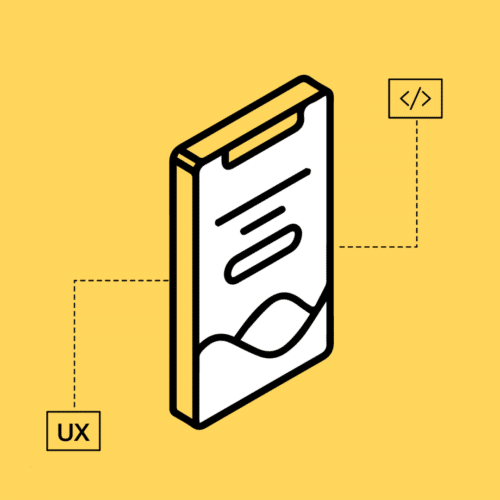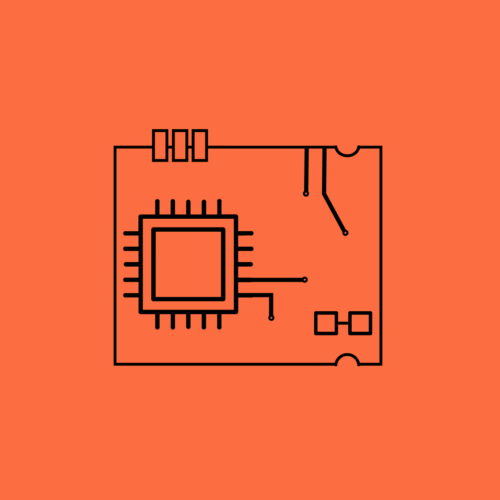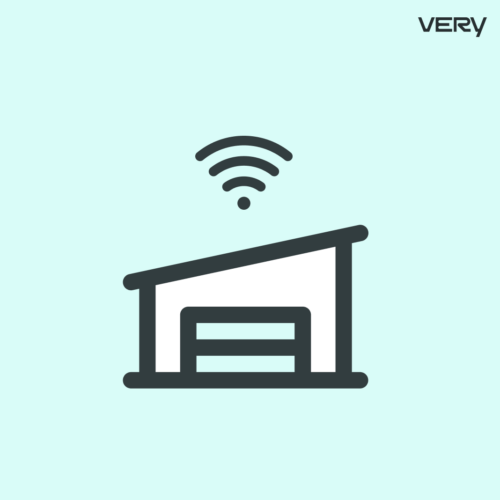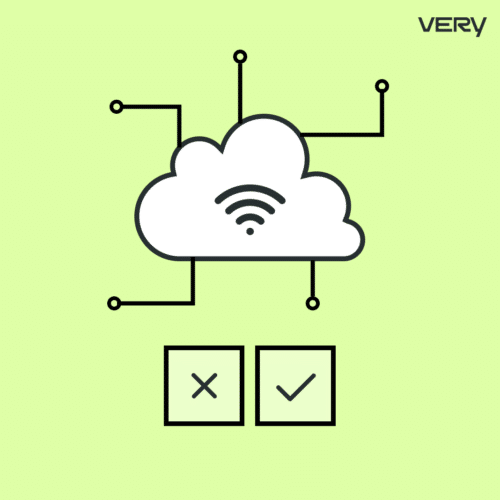BLOG
Most IoT Products Fail for These 5 Reasons
Nobody expects IoT implementations to be so difficult. But they are.
“Here’s the dirty little secret of IoT: it’s really, really hard to build a well-functioning IoT product,” explains Zach Supalla, founder/CEO of Particle.
IoT may be a strategic priority for many companies, but according to a 2017 Cisco report, only 26 percent of those surveyed had even one IOT initiative they could deem a success. That means at least 74 percent of IoT projects fail. (Probably more, because those successful companies likely experienced a few failures, too.) Most of those that failed – 60 percent – stalled at the proof-of-concept stage.
With so many moving parts, almost anything could go wrong and undermine your IoT project. But really, it comes down to this: Companies underestimate the complexity. In that same Cisco survey, 60 percent of respondents said IoT initiatives look good on paper but end up being tougher to execute than anyone expected.
So many things can go wrong. From the report:
“IoT initiatives can be hamstrung by everything from inadequate network or computer capabilities to underestimating the skill sets and resources required to develop and scale a project. A lack of consistent standards, along with legacy architectures that can’t interoperate with new technologies, also slow progress.”
And we’re just getting started.
Integration Isn’t Easy. Get it Right
One reason IOT development is so challenging is the inherent difficulty in integrating software and hardware – not to mention conducting ongoing maintenance during the device’s lifecycle.
We discussed this in a blog post late last year and, unfortunately, what we wrote still holds true:
Hardware engineers are expensive, and they’re not experts at building web software. Web engineers are expensive, and they’re not experts at building hardware. And embedded software technologies lag behind web-based software technologies. […] The current ecosystem is still rampant with fragile and difficult-to-use devices-many of which come with security flaws and disparate communication protocols that prevent seamless integrations.
The solution: A custom embedded software and firmware engineering process designed for rapid iteration and continuous integration – not just during the prototyping phase, but once it’s live.
And, if you’ve worked with us before, you know there’s one more requirement: a DevOps platform. Given the amount of collaboration and integration needed, it should be obvious. But here’s what security analyst Fran Howarth has to say on the matter.
[F]or teams to collaborate … so that services are delivered seamlessly, all teams involved must be working through one integrated DevOps platform that provides central visibility overall processes through a single dashboard. By converging multiple solutions and technologies onto one platform, organizations with IoT software needs will be best able to benefit from a DevOps culture that drives innovation.
Security’s Even More Important Than You Think
Critical security vulnerabilities remain commonplace. Forrester Research correctly predicted that in 2018, IoT would continue to be the target of damaging cyber attacks. Despite this, most organizations are focused on improving customer experience, cost, and time-to-market. All of those are important, but they aren’t going to matter without adequate security.
Connected devices pose unique security concerns. The security measures required to operate an IoT software platform are considerably more sophisticated than for general software applications and services. It’s essential to keep security in mind at every step of the development process. After all, there are millions of devices connected with IoT platforms. One could reasonably expect a proportional number of vulnerabilities.
For web-connected software, best practices are best practices are best practices, whether the software runs on a server, in your browser, on your mobile phone, or on embedded IoT hardware. For example, in the case of the discovery of a security vulnerability or an actual security breach, it must be possible to identify that an update is needed and the update must be delivered swiftly.
Obviously, security updates aren’t the only updates you need to send out.
Update Early, Often, and Efficiently
Connected devices require ongoing enhancements to respond to market conditions and operational issues. Over-the-air firmware and software updates are the only way to do that efficiently. But don’t forget that the updates themselves create the opportunity for attack. So in addition to being as fast as possible, your firmware delivery process needs to be as secure as possible.
To negotiate this balance between speed and security, you need to address updates during the design process.
A Strong Foundation, a Flexible Platform
Building the network foundation for IoT is critical to later success. As Peter High, president of the CIO advisory firm Metis Strategy, told Cisco’s Connected Futures, “You need to simplify the infrastructure in ways that will make sure that the foundation that you are lying can be built upon with much greater confidence. That’s number one.”
You also need a flexible platform. Extensible code is not just nice to have; it’s essential. “Extensibility will be key, so make sure you select a provider that gives you programmatic access to as much of their functionality as possible,” explains Daniel Elizalde, who provides IoT training to companies.
“Avoid the temptation to select a platform simply because it has a particularly interesting initial use case. This would be like choosing a game console because it included a cool game in the box. Included applications matter but are only part of one element of a platform strategy,” according to a McKinsey & Co. paper, “Making sense of Internet of Things platforms.”
Solve a Business Problem
This is less about technology and more about understanding your own business.
“This sounds very obvious, but in some companies, the bridge between technology and business problems hasn’t always been made as strong as it needs to be,” Richard Kelly, a partner at McKinsey & Co., told an Association of Equipment Manufacturers webinar audience. “There needs to be a selection made where you’re not going to try and do everything, you’re going to try and do these three things, and you’re going to try and do them really well.”
Solve a real-world problem. Know what success will look like.
Identify your goals and KPIs at the outset, Kelly counseled. “IoT is all about data. And data leads to clear goals and metrics on progress. The most successful organizations established clearly defined key performance indicators and business outcomes from the start of their IoT projects – and continued to leverage data throughout the process.”
Hire a Partner That Knows Its Stuff
You need a partner who can combine best-in-class open-source web-based and embedded IoT tools and technologies with battle-tested security protocols, over-the-air software and firmware updates, and extensible code.
That’s what we do.
At Very, we’re equipped to handle every aspect of your IoT app development project, including back-end engineering, hardware prototyping, and front-end design.
We use an array of off-the-shelf IoT software tools, products, and components to build your IoT software platform and set it up for growth. One size doesn’t fit all. We help you focus on your business’s differentiation rather than forcing you to adapt to a template.
Let us partner with you on your next IoT project. Contact us here to set up a meeting to discuss your project, goals, and specs today.








